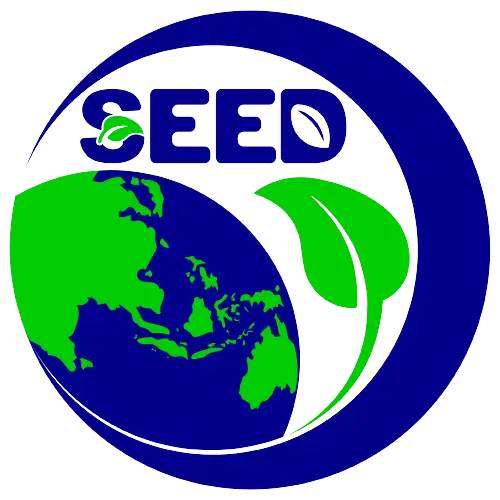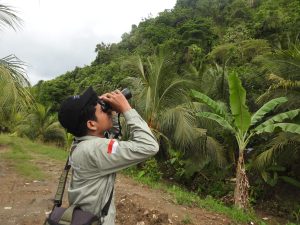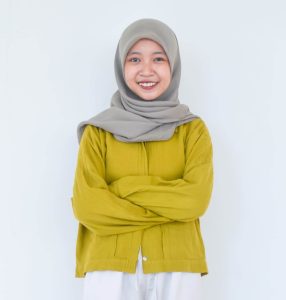
Since 1880, the global temperature has been increasing by 0,08 degrees celsius per decade. The rate keeps increased to 0,18 degrees celsius per decade since 1981. Greenhouse gases in the atmosphere – among these gases are carbon dioxide (CO2) – cause the Earth to retain some of the solar energy from the sun that would have otherwise dissipated. One of the potential actions in combating carbon emissions would be to use natural resources as an instrument. Along with seagrass and mangroves, seaweed can be one of the natural resources at sea that functions well as carbon sinks. Besides, the economic opportunity from seaweed is also undeniably significant. Seaweed is one of the major food commodities consumed in Asia, and its consumption keeps increasing worldwide.

A project “Carbon sequestration by a few marine cultivated macroalgae in South Sulawesi: observation and projection for blue-based carbon trading” – a collaboration of Yayasan Blue Seed Indonesia, Hasanuddin University, Agricultural Polytechnic of Pangkep, and South Sulawesi Government– is trying to seek the potential of seaweeds cultivated along the coastline of South Sulawesi, the most producer in Indonesia, as one of the potential carbon sequestration agents in marine and coastal areas. The 6-month project is supported by the fund of Groundwork Analysis-Conservation Strategy Fund Indonesia (GWA-CSF).
Text: Achmad Fuad Fathurrahman






